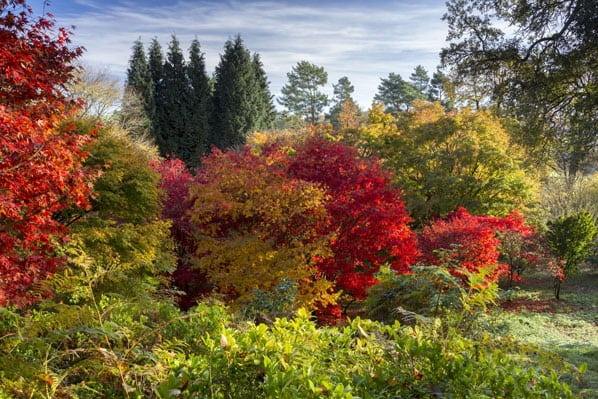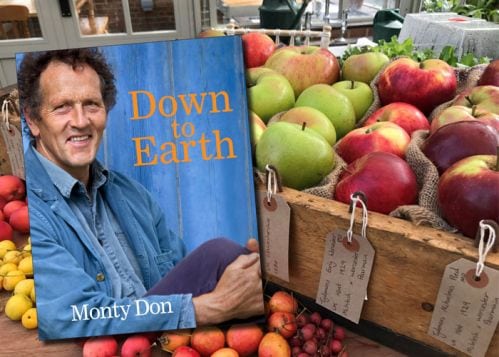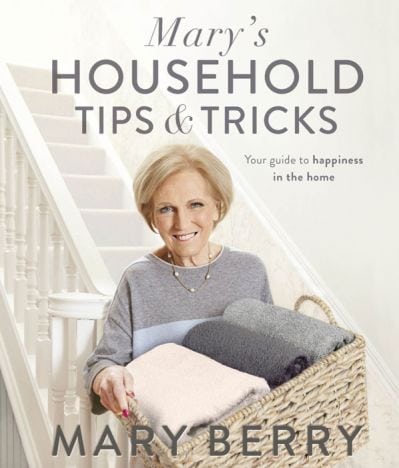
How choosing the wrong letting agent will make you cry…
It happens more often than you think.You might get a new job offer that’s too good to turn down, you may decide to move in with your partner or you may just fancy a change of scenery and take some time out traveling.
The thing is, what do you do with your home? You could sell it, and reinvest the money, although returns on most things are very poor nowadays, as well as taking on a large amount of risk. So why not keep it?
If you keep it, you can either leave it sat empty and have a friend or family member check on it every once and a while, or you could let it out and hopefully make additional income along the way.
This is where doubts start to creep in…this is where becoming a first time landlord really can start you off worrying about your home that you have painstakingly improved and maintained over the years. There are so many horror stories about people renting out their homes from tenants not paying the bills, blocking the drains, decorating in unsuitable colours to running illegal ‘so-called businesses’. The problem is that a lot of dysfunctional, criminal, deranged or antisocial people can, when the occasion demands, give an impression of being an upstanding trustworthy member of society.
Unfortunately, without carrying out the right checks and trying to mitigate the risk as much as possible you may find, to your cost, that you end up with an unsavory character renting out your home.
Even if you do carry out the right checks, there is always the chance of things going wrong …way into the time scale of the tenancy. For example, what happens if the tenant stops paying, for no apparent reason? This can really start to cause cash flow issues.
There are also the legal obligations of being a landlord. Falling foul of the law can end up costing you an awful lot of money. For example, failure to comply with gas safety regulations could lead to prosecution and/or imprisonment with fines up to £25,000. Then, of course, there is the legal requirement to put your tenant’s deposit into a government-backed tenancy deposit scheme (TDS) See details about ‘Tenancy deposit protection’ on the UK Gov. website.https://www.gov.uk/tenancy-deposit-protection
So the choice is yours… do it yourself or bring in a Letting Agent to help you.
So what should you really be looking out for in a lettings agency?
There are a few things that your letting agent must cover without a shadow of a doubt. If they can’t help you with these five things…then stay well clear.
- Processes and measures in place for finding the right tenants
- Health and Safety – complying with the law
- Optimising rental income
- Tenancy deposit scheme
- Comprehensive tenancy agreement
Accreditations
Choose a letting agent who is a member of the National Approved Letting Scheme (NALS), or one of the professional bodies that support it.
– The Association of Residential Letting Agents (ARLA/Property Mark)
– The Royal Institution of Chartered Surveyors (RICS)
– The National Association of Estate Agents (NAEA)
Level of service
Can the agent offer you different levels of service, from full management to just finding a tenant, depending on your requirements?
Do they have professional indemnity insurance?
This will cover the letting agent against the possibility of being sued. Do they also have a client money protection policy in place
Tenancy deposit scheme (TDS)
Can the letting agent deal with this for you? If so, check that the scheme they belong is a government-backed reputable scheme.
Ongoing support
Does the agency undertake regular property visits to check up on the state of the property and the wellbeing of your tenants?
Is there an emergency maintenance out of hours contact number available?
These are just a few of the things you should consider when renting out your home for the first time. However, there is nothing like meeting up with the letting agent, to see what they are like in person. Do they get on with you, how helpful do they seem? How knowledgeable are the staff, and are they continuously being trained (CPD courses) on the latest legislation for example.
Also, check out a post by ARLA on “How to find a good Letting Agent”
https://www.ukala.org.uk/agents/press/releases/how-find-good-letting-agent



 Local property hotspots in areas such as the Blue Triange in Fleet and the Cricket Green in Hartley Wintney have seen £ per square metre levels as high as £4,304 and £6,521 respectively, which sounds robust so how does that compare to other parts of the UK? These hotspot figures do not represent an average for the area, so bear this in mind when reading the following.
Local property hotspots in areas such as the Blue Triange in Fleet and the Cricket Green in Hartley Wintney have seen £ per square metre levels as high as £4,304 and £6,521 respectively, which sounds robust so how does that compare to other parts of the UK? These hotspot figures do not represent an average for the area, so bear this in mind when reading the following.
 “My focus may have been on cooking, but it’s always centred on the home. In my books and TV programmes, I’m always keen on sharing tips to help people,” says the cook.
“My focus may have been on cooking, but it’s always centred on the home. In my books and TV programmes, I’m always keen on sharing tips to help people,” says the cook. Here are Mary’s top tips:
Here are Mary’s top tips: